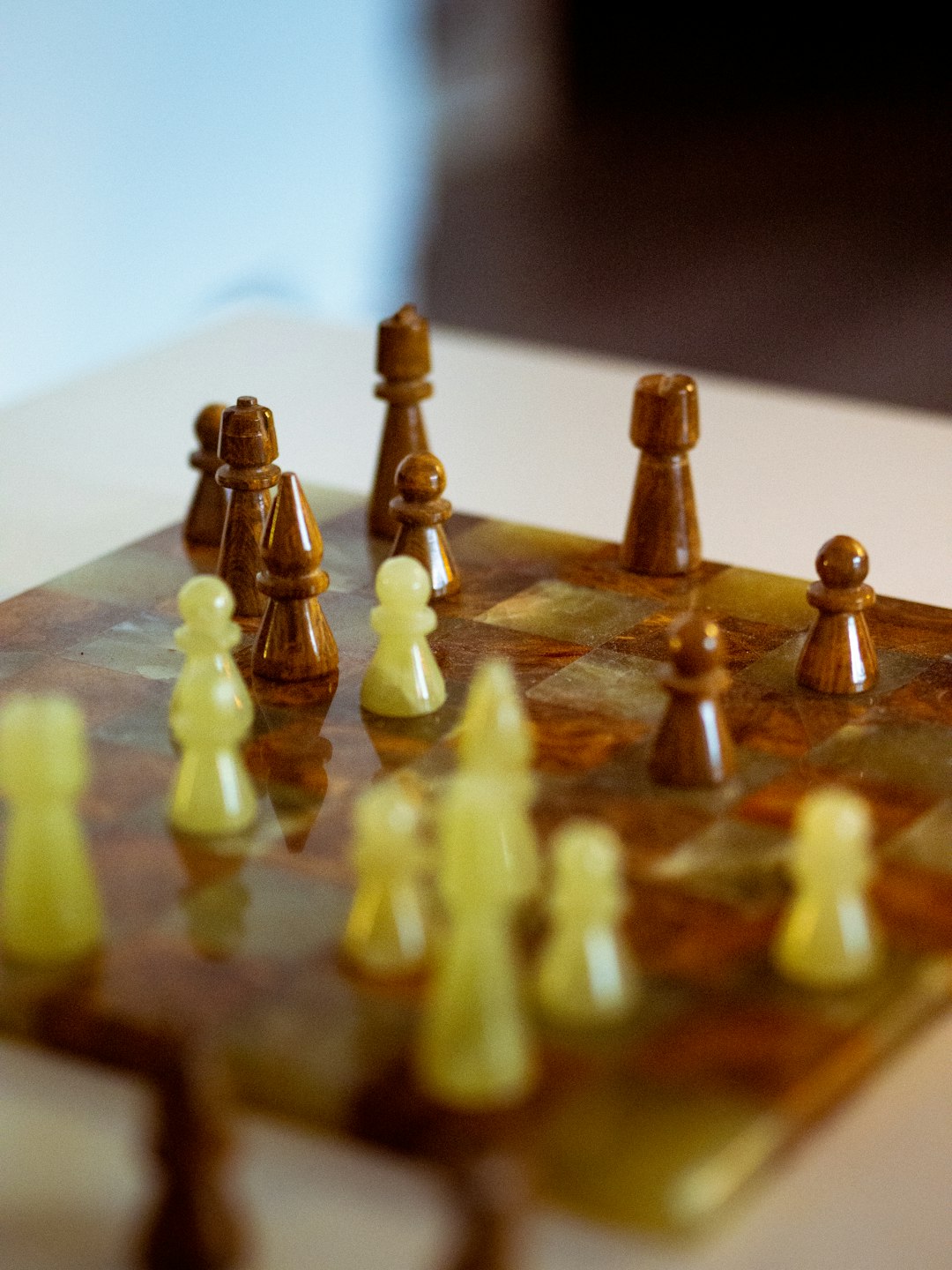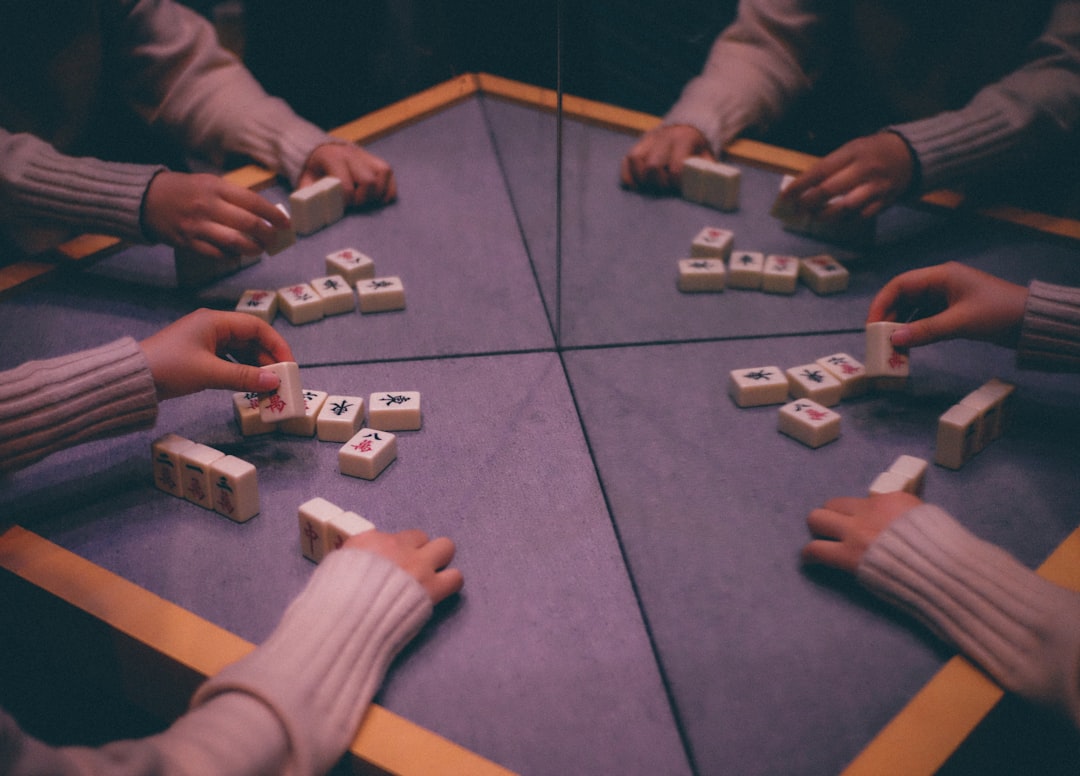Geometry is all around us, from the shapes of buildings to the patterns in nature. It’s a fundamental part of our world, and understanding it is essential for many fields, including mathematics, engineering, and architecture. But learning geometry doesn’t have to be boring or tedious. In fact, there are many fun and engaging games that can help you improve your geometry skills while having a great time. In this article, we’ll explore some of the best geometry spot games that will challenge your spatial reasoning and problem-solving abilities.
What is a Geometry Spot Game?
A geometry spot game is a type of puzzle game that involves identifying and manipulating geometric shapes to solve a problem or complete a task. These games often require players to use their spatial reasoning skills to visualize and manipulate shapes in their minds. They can be played individually or in a group, making them a great activity for both solo play and social gatherings.
Benefits of Playing Geometry Spot Games

Playing geometry spot games offers numerous benefits, including:
- Improving spatial reasoning skills: Geometry spot games require players to think about shapes in a three-dimensional space, which can help improve their spatial reasoning abilities.
- Enhancing problem-solving skills: These games often involve solving puzzles or completing tasks, which can help players develop critical thinking and problem-solving skills.
- Boosting creativity: Geometry spot games often have open-ended solutions, allowing players to use their creativity to find unique solutions to problems.
- Making learning fun: By turning geometry into a game, players can have fun while learning and practicing important skills.
Top Geometry Spot Games
Now that we’ve explored the benefits of playing geometry spot games, let’s take a look at some of the best games in this category.
Tangram
Tangram is a traditional Chinese puzzle game that has been around for centuries. It consists of seven geometric shapes, known as tans, which players must use to create a specific shape or figure. The tans include two large right-angled triangles, one medium-sized right-angled triangle, two small right-angled triangles, one square, and one parallelogram.

Tangram is a great game for improving spatial reasoning and problem-solving skills. It also offers a fun and challenging way to explore geometric concepts such as symmetry and congruence.
Blokus
Blokus is a modern board game that combines elements of geometry and strategy. The game board is a 20×20 grid, and players take turns placing their colored pieces on the board. Each piece is made up of one to five squares, and players must place their pieces so that they touch at least one of their own pieces at the corners, but never along the sides.

Blokus is a great game for developing spatial reasoning and critical thinking skills. It also offers a fun and competitive way to explore geometric concepts such as area and perimeter.
Set
Set is a card game that involves identifying patterns and matching sets of cards. Each card has four attributes: shape (oval, squiggle, or diamond), color (red, green, or purple), number (one, two, or three), and shading (solid, striped, or outlined). A set consists of three cards in which each attribute is either all the same or all different.

Set is a great game for improving pattern recognition and critical thinking skills. It also offers a fun and challenging way to explore geometric concepts such as symmetry and congruence.
Qwirkle
Qwirkle is a tile-based game that combines elements of Scrabble and dominoes. The game board is a 6×6 grid, and players take turns placing their colored tiles on the board. Each tile has one of six shapes in one of six colors. Players must place their tiles so that they form lines of either all the same shape or all the same color.

Qwirkle is a great game for developing spatial reasoning and critical thinking skills. It also offers a fun and competitive way to explore geometric concepts such as symmetry and congruence.
Blokus 3D
Blokus 3D is a three-dimensional version of the original Blokus game. The game board is a 3x3x3 cube, and players take turns placing their colored pieces on the board. Each piece is made up of one to five cubes, and players must place their pieces so that they touch at least one of their own pieces at the corners, but never along the sides.

Blokus 3D is a great game for developing spatial reasoning and critical thinking skills in a three-dimensional space. It also offers a fun and challenging way to explore geometric concepts such as volume and surface area.
How to Create Your Own Geometry Spot Game
If you can’t find a geometry spot game that suits your interests or skill level, why not create your own? Here are some tips for designing your own geometry spot game:
- Choose a theme: Start by choosing a theme for your game, such as animals, nature, or space. This will help you come up with ideas for shapes and patterns to use in your game.
- Decide on the objective: What do players need to do to win the game? Do they need to create a specific shape or pattern, or solve a puzzle? This will help you determine the rules and mechanics of your game.
- Create the shapes: Use paper, cardboard, or other materials to create the shapes for your game. You can use basic geometric shapes, or get creative and design your own.
- Test your game: Once you have all the components, test your game to make sure it’s challenging but not too difficult. You may need to make adjustments to the rules or shapes to achieve the right level of difficulty.
- Share your game: Once you have a working prototype, share your game with friends and family to get feedback and make any necessary improvements.
Conclusion
Geometry spot games offer a fun and engaging way to improve your spatial reasoning and problem-solving skills. Whether you prefer traditional puzzles or modern board games, there’s a geometry spot game out there for you. And if you can’t find one that suits your interests, why not create your own? With these games, learning geometry has never been more enjoyable.
For more information, visit ApzoMedia



































































